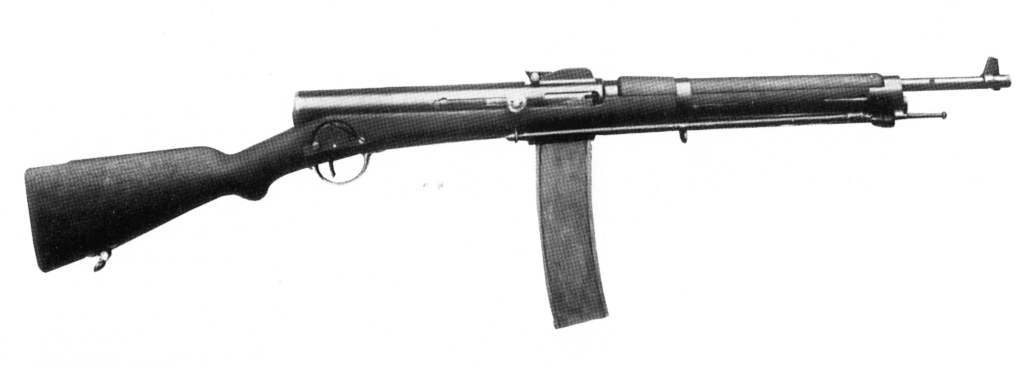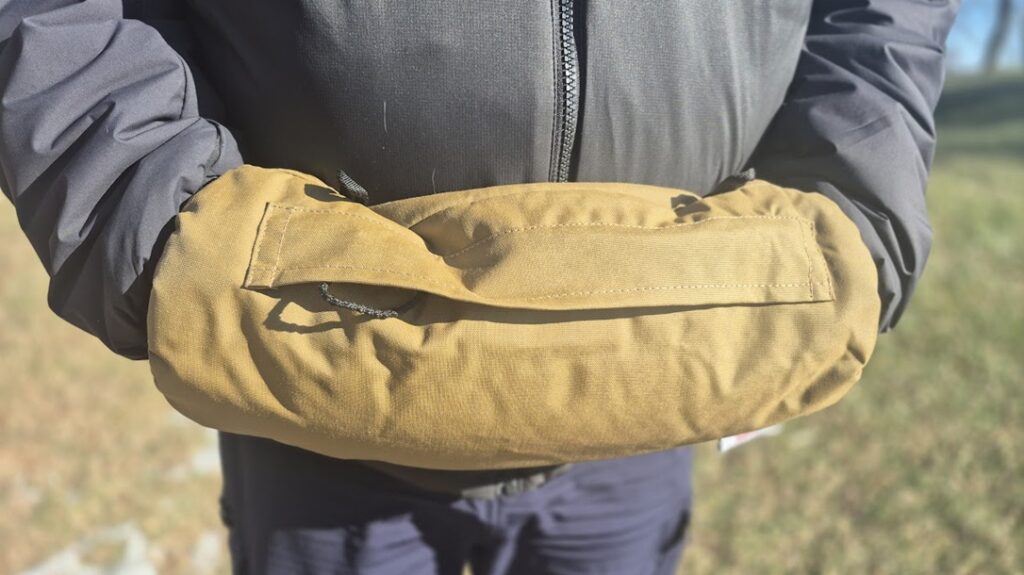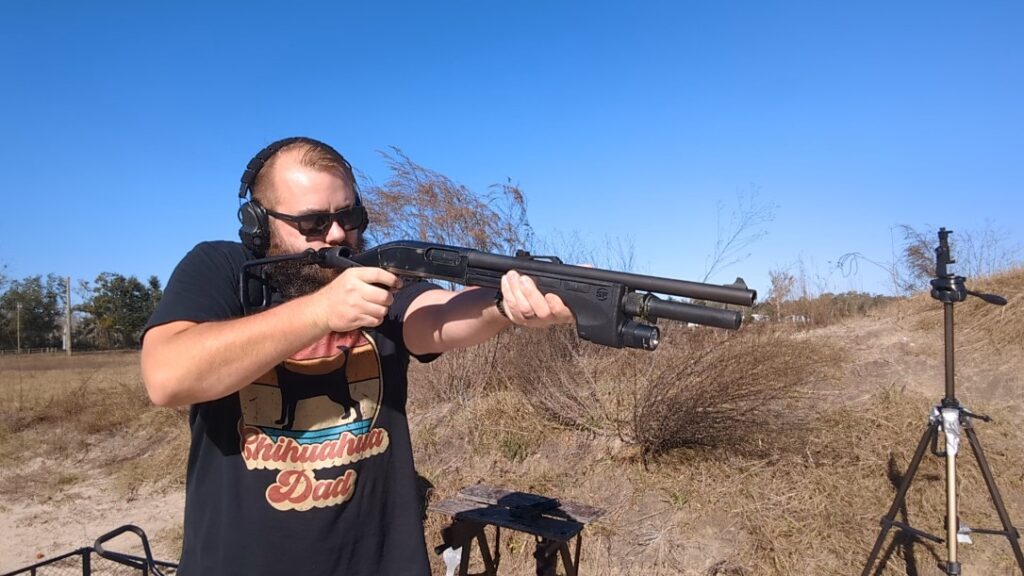I’m capable of admitting when I’m wrong. I’m often happy to be wrong because it gives me room to learn. A little while back, I wrote an article on the Ribeyrolles 1918 and declared it the first assault rifle. Was I right? Well, it turns out there is no right, and there is an argument about which gun is truly the first assault rifle. The argument revolves around three guns that could potentially wear the title. Let’s dig into these three potential ‘assault rifles,’ and you can pick which one you believe is the first assault rifle.
Introducing the Early Assault Rifles
France, America, and Russia each get an entry into this list. Of the three, it seems like only the French entry was trying to make an assault rifle, even if the term and concept hadn’t been born yet. The U.S. and Russian entries were attempts to fill other gaps in a rapidly changing world.
The French have the aforementioned Ribeyrolles 1918, the Americans have the Winchester-Burton Machine Rifle, and the Russians have the Federov Avtomat. We’ll start in order of production and examine the pros and cons of each gun and how they fit the assault rifle concept.
Advertisement — Continue Reading Below
As we understand it, an assault rifle is a selective-fire weapon that feeds from a removable magazine and fires an intermediate caliber.
Fedorov Avtomat
The Russians built the Fedorov Avtomat to act as an automatic rifle in World War I. Automatic rifles were man-portable machine guns. The machine guns of the era were too big and too heavy to be moved easily, so automatic rifles became the infantry choice for fire and maneuver. The rifle was designed in 1915, and an order for 5,000 was placed in 1917. However, only 100 were produced before the Russian Empire fell. The gun’s production resumed in 1920, and the weapon was well-liked by soldiers.

Advertisement — Continue Reading Below
What makes the Fedorov Avtomat the potential father of modern assault rifles? It offers soldiers a selective fire option for semi-auto or full-auto fire. The Fedorov Avtomat is a short recoil-operated firearm fed from a 25-round detachable magazine. The rifle chambers a 6.5x50mmSR Arisaka cartridge.
The cartridge is where the best argument that the Fedorov Avtomat is not an assault rifle. It’s certainly less powerful than most full-powered rifle rounds, but it’s also more powerful than most intermediate rifle rounds. The Fedorov Avtomat is a big gun with a 20-inch barrel and an overall weight of 11 pounds. It’s big and hefty, but for 1915, it did offer impressive firepower.
Winchester-Burton Machine Rifle
The Winchester-Burton Machine Rifle, or the Burton Model 1917, comes from Winchester and Winchester engineer Frank Burton. The Burton Model 1917 was designed as an anti-aircraft gun that an aircraft observer could fire. These observers were the passengers on WWI-era planes. The Burton gun never got too far off the ground because the development of synchronized machine guns rendered it unnecessary.
Advertisement — Continue Reading Below

As far as assault rifles go, the Burton M1917 has an interesting argument for being the first. The gun used a selective fire mechanism and fed from a top-mounted box magazine. The gun has two magazines but only feeds from one at a time. Reloading in an aircraft is difficult, so being able to swap it quickly for a secondary magazine was quite handy. The gun fired the .351 WSl cartridge, which is widely considered to be an intermediate cartridge.
The Winchester-Burton Machine Rifle fits the assault rifle definition well but does have some quirks. It’s an open bolt gun, and assault rifles are typically closed-bolt weapons. The gun had a long 25-inch barrel, and the various design quirks made it useful for plane-to-plane fighting but not so much for ground troops. The Winchester-Burton Machine Rifle was never adopted and only exists in prototype form.
Advertisement — Continue Reading Below
Ribeyrolles 1918
The Ribeyrolles 1918 was designed by the same company behind the WWI-era Chauchat Machine rifle. It came from the mind of Paul Ribeyrolles, and the intent was to produce a lightweight rifle that’s short and handy for fighting behind submachine gun range but below true rifle range. The gun was tested by the French but was seen as unreliable, and the French only wanted submachine guns and full-powered rifles.

The Ribeyrolles 1918 used a selective fire system with a three-position selector to swap between safe, full auto, and semi-auto. The gun fired a modified .351 WSL cartridge known as the 8x33m cartridge. The weapon is fed from a 25-round box magazine. Another interesting feature that points toward assault rifles is the bayonet lug.
Advertisement — Continue Reading Below
There aren’t a ton of reasons why the Ribeyrolles 1918 wouldn’t be considered an assault rifle. The gun had a bipod, pointing it toward a light support weapon. The Ribeyrolles 1918 seems to be the only gun designed to be an assault rifle instead of anything else.
Assault Rifles and The Past
The world wasn’t ready for the assault rifle concept. The men in charge were obsessed with full-powered battle rifles supported by submachine guns and machine rifles. It’s interesting to picture what the First World War would have been like with guns like the Ribeyrolles 1918 or Burton rifle. More importantly, what would WWII have looked like? We’ll never know, but we can wage a world war across the internet on who had the first assault rifle. I still think the French win, but what do you think?















